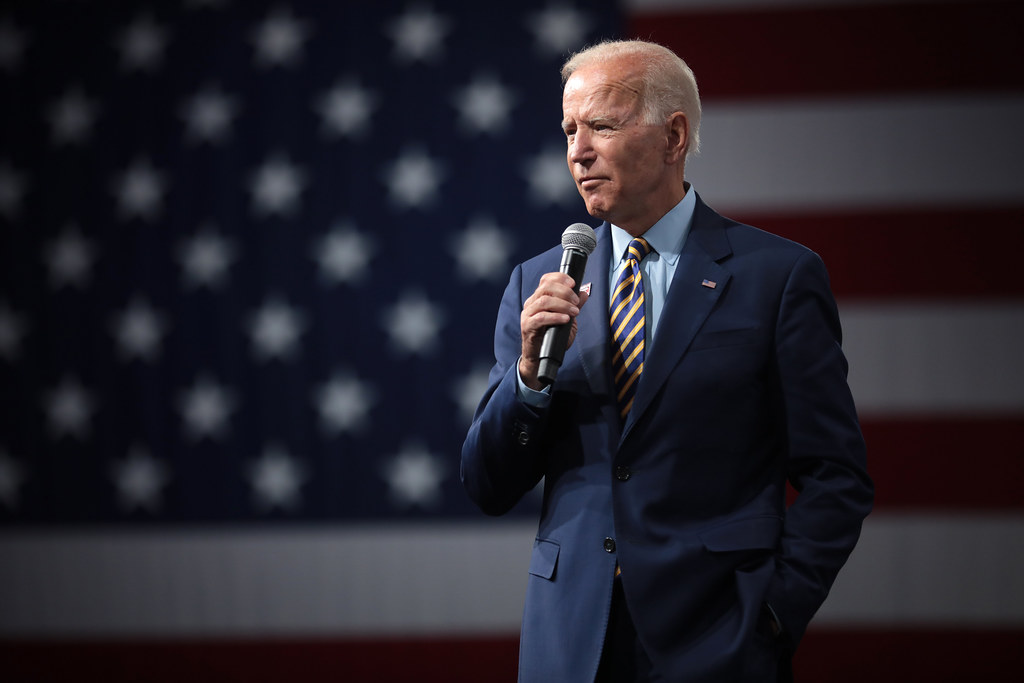By Noah Brasseur
On March 13, the Biden Administration approved a new oil drilling project on federally-owned land in Alaska. While the project was decreased in scale from the company’s, ConocoPhilips, proposal, the move is seen by some as a reversal in policy.
The administration made efforts to limit the potential impact of a new drilling site. The day before, a new proposal from the Department of the Interior was announced, which would strengthen protections on more than 13 million acres of land.
The rule, should it be approved, would restrict the chances of industrial projects in areas known to be significant wildlife habitats. It would also protect areas used for subsistence by the local Native Americans.
Additionally, the government is expected to outright ban nearshore oil and gas projects in the waters owned federally.
Still, despite the sweeping strengthening, it’s a step away from promises made on the campaign trail.
Biden had promised to not allow any “new oil and gas permitting on public lands and waters.” Yet, his administration approved the plan regardless.
This comes on the heels of his recent State of the Union address. There, he said climate change was a threat, but that “we’re going to need oil and gas for a while,” a distance from his campaign support of the Green New Deal.
That plan called for, among other things, 100% of the U.S. power being supplied by clean energy, as well as removing pollution from industry.
The move away from the ambitions of his campaign might be down to political calculus.
The approval was celebrated in Alaska, with citizens eager for potential new jobs and a stronger economy in the upcoming years. The state elected their first Democrat to Congress in half a century the previous midterms.
Additionally, the circumstances nationally have changed since 2020. Energy prices, while dropping, have still been subject to inflation. The advent of Russia’s invasion had also greatly disrupted global oil prices, and embargoes placed on Russia meant that the United States had to send its own oil to Europe to buoy their supply.
Still, the move may backfire.
Young voters were a driving factor in preventing the so-called “red wave” from occurring last midterms. Generally, the group is keenly concerned about climate issues, and this project caught their attention. Social media galvanized people to act, with activists saying up to one million letters of protest were sent to the White House.
A reversal on climate policy may very well risk the goodwill the current administration has with the voting bloc.



